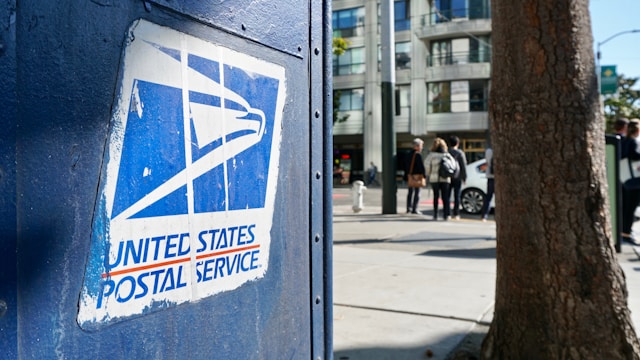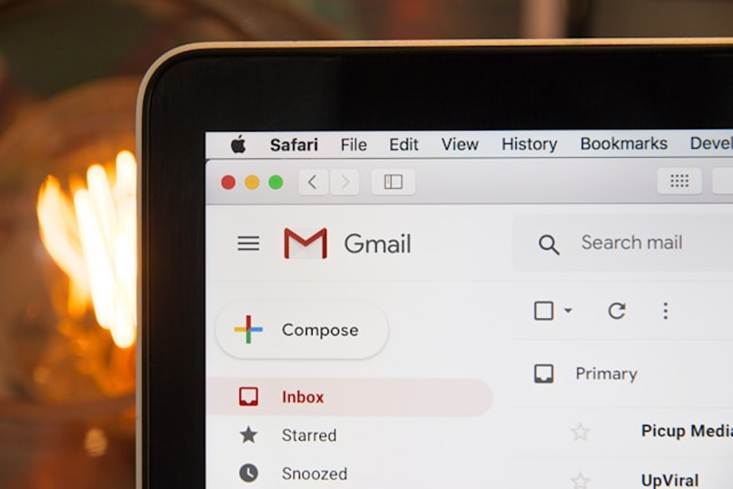 With email marketing, social media campaigns, and paid digital ads, the convenience and instant results of digital strategies are hard to ignore. However, there’s a growing understanding that relying solely on digital marketing can leave a company’s strategy incomplete. As consumer behaviors evolve and the digital landscape becomes increasingly saturated, many businesses are discovering the power of integrating traditional print marketing, such as direct mail, into their digital-first strategies.
With email marketing, social media campaigns, and paid digital ads, the convenience and instant results of digital strategies are hard to ignore. However, there’s a growing understanding that relying solely on digital marketing can leave a company’s strategy incomplete. As consumer behaviors evolve and the digital landscape becomes increasingly saturated, many businesses are discovering the power of integrating traditional print marketing, such as direct mail, into their digital-first strategies.
By combining the best of both worlds, digital and print, companies can create a multi-channel approach that not only increases brand visibility but also builds stronger, more personal connections with customers.
A multi-channel marketing strategy uses a mix of online and offline platforms to engage with customers. The goal is to reach a broader audience, increase brand visibility, and provide a seamless experience for the customer across various touchpoints. While digital marketing offers convenience and scalability, print offers a tactile, memorable, and personalized experience that digital channels simply cannot replicate.
When executed well, combining digital and print marketing creates a synergy that maximizes engagement and reinforces brand messaging. Research shows that the most successful marketing strategies integrate both online and offline elements, ensuring that customers encounter the brand through multiple channels, increasing the likelihood of conversion and long-term loyalty. For instance, a customer may first engage with a brand via social media or an online ad, but receiving a personalized physical brochure or catalog could further solidify their connection to the brand, prompting them to take the next step, such as visiting a website or making a purchase.
Even though digital platforms are the go-to for most marketing campaigns today, print continues to offer unique advantages that contribute to long-term brand success. Here's why print remains an essential part of a modern marketing strategy:
Tangibility and Memorability: The tactile nature of print captures attention in a way that a digital ad simply can't. Studies have shown that people retain information better when it’s in physical form, making print materials a great tool for reinforcing key messages.
Credibility and Trust: Physical marketing materials often come across as more trustworthy than digital ads, which can be easily ignored or discarded. Print has an inherent credibility factor, as it's less transient than a digital ad that may disappear with a click or swipe. The permanence of print gives your brand a sense of legitimacy and stability, which can be particularly important for industries such as finance, healthcare, and luxury goods.
Enhanced Personalization: Print provides an opportunity to personalize content in ways that digital platforms sometimes struggle with. Personalized brochures or catalogs can speak directly to the individual’s preferences and interests, making them feel valued and understood. This personal touch helps build trust and can lead to higher customer loyalty.
Breaking Through the Noise: The digital world is oversaturated, with consumers bombarded by constant notifications, emails, and online ads. This creates “ad fatigue,” where customers start tuning out digital marketing efforts. Print, however, stands out in an otherwise digital environment. A physical piece of marketing material - especially one that is visually compelling or features a creative design - can break through the digital clutter and command attention.
Increased Engagement: Physical catalogs or brochures are more likely to be kept and referred to later, while digital ads may be ignored, deleted, or unsubscribed from after a single interaction. Print’s tangibility and physical presence result in higher engagement, leading to increased brand recall and customer action.
While digital-first strategies are certainly effective, businesses must find ways to integrate traditional print marketing to create a cohesive experience for customers. Here are some practical tips for combining the two in a way that maximizes results:
Cross-Promote with QR Codes: One of the easiest ways to link print and digital efforts is by including QR codes in physical materials. QR codes allow print to serve as a bridge to your digital assets, such as your website, landing pages, social media profiles, or exclusive offers. By scanning a QR code, customers can seamlessly transition from physical to digital content, creating an integrated experience.
Complement Digital Campaigns with Physical Touchpoints: If you’re running a digital ad campaign or an email marketing series, complement these efforts by sending physical materials that support the same message. For example, a brand that runs a promotion online might also send a physical postcard with a unique code to redeem the offer. This reinforces the message across channels and ensures that it resonates with customers who may have missed the initial digital interaction.
Targeted Print Materials Based on Digital Data: Leverage the data you’ve gathered from your digital marketing efforts to create personalized print campaigns. For example, if a customer recently browsed a product category on your website but didn’t make a purchase, send them a printed catalog featuring those items, along with an exclusive discount. This level of personalization ensures that your physical touchpoint is relevant and timely, which increases the chances of conversion.
Use Print for Brand Storytelling: While digital channels are great for quick updates, social media interactions, or short-form content, print offers an opportunity to tell a more detailed and immersive brand story. High-quality brochures, magazines, and product catalogs can showcase your brand’s mission, values, and history in ways that digital platforms can’t match. Use print to create a deeper emotional connection with your customers and build long-term brand loyalty.
Incorporate Interactive Elements: Make your print materials more engaging by including interactive elements that bridge the gap between print and digital. For instance, consider incorporating augmented reality (AR) technology into your print pieces. By scanning an image or QR code, customers can access virtual experiences, such as 3D product views, instructional videos, or special online content. This enhances the customer experience and provides an added layer of engagement.
Measure Effectiveness: Just like digital campaigns, it’s essential to track the performance of your print efforts. Use unique URLs, trackable codes, and analytics to understand how well your print pieces are driving traffic to your website or generating sales. This data will help you refine your multi-channel approach and ensure that you’re investing your resources effectively.

For your marketing strategy to be truly effective, both digital and print efforts should align with one another. A consistent brand voice, visual elements, and messaging are key to ensuring a seamless experience for your customers. When customers encounter your brand across multiple channels, it should feel like one unified experience, not a disjointed or conflicting set of communications.
Make sure your print materials reflect the same tone, imagery, and style as your digital assets. This consistency strengthens brand recognition and reinforces the message you’re trying to communicate. For instance, the colors, fonts, and overall aesthetic should match between your website, social media profiles, and physical mailers.
Incorporating print marketing into your digital-first strategy is not just about keeping up with trends—it’s about unlocking the full potential of your marketing efforts. By blending the reach and convenience of digital with the tactile, personal nature of print, businesses can create a more engaging and memorable experience for their customers. A multi-channel approach builds stronger connections, drives better results, and ensures that your brand stays top-of-mind in an increasingly crowded marketplace.
As the marketing landscape continues to evolve, those who embrace a comprehensive strategy that includes both digital and print will find themselves with a competitive edge—one that allows them to reach their audience in more meaningful ways and, ultimately, achieve greater success.